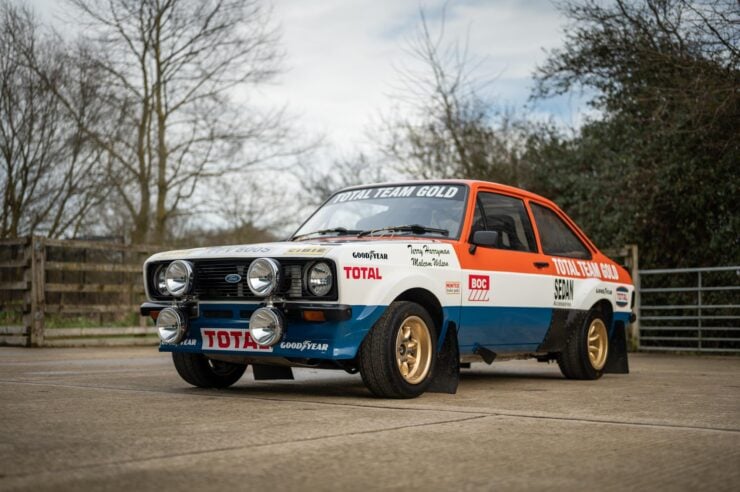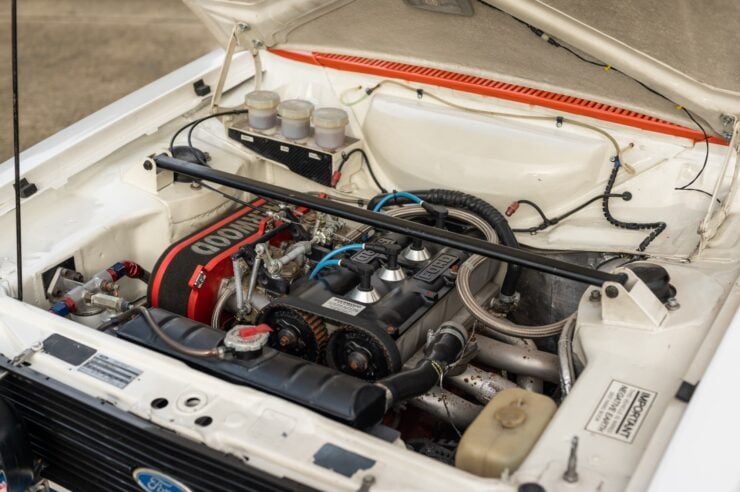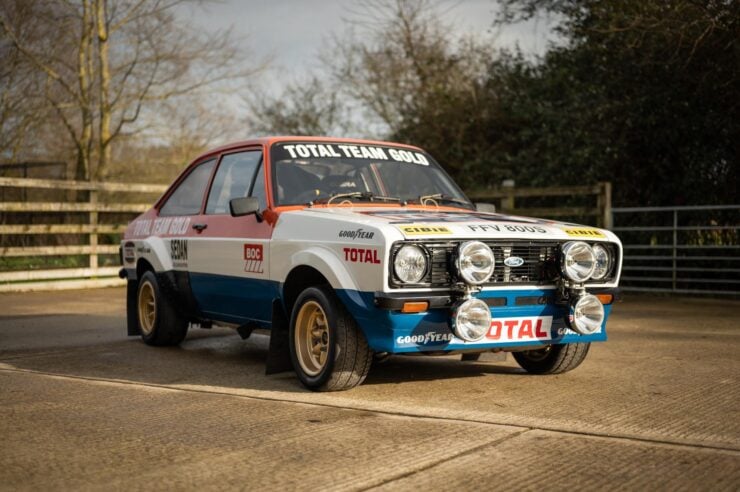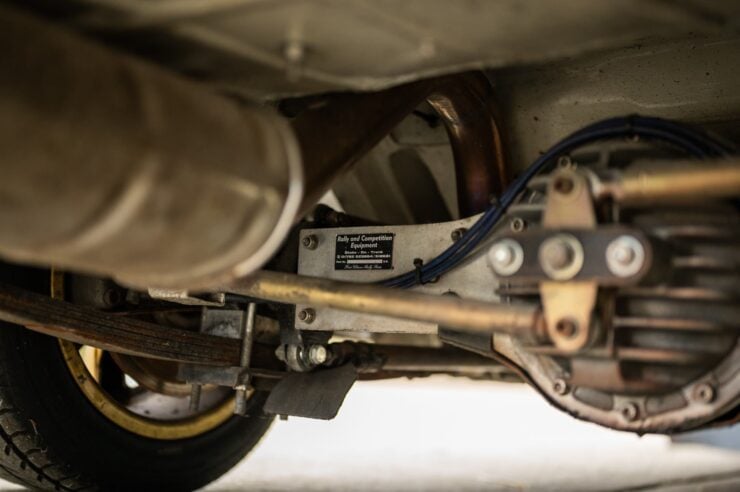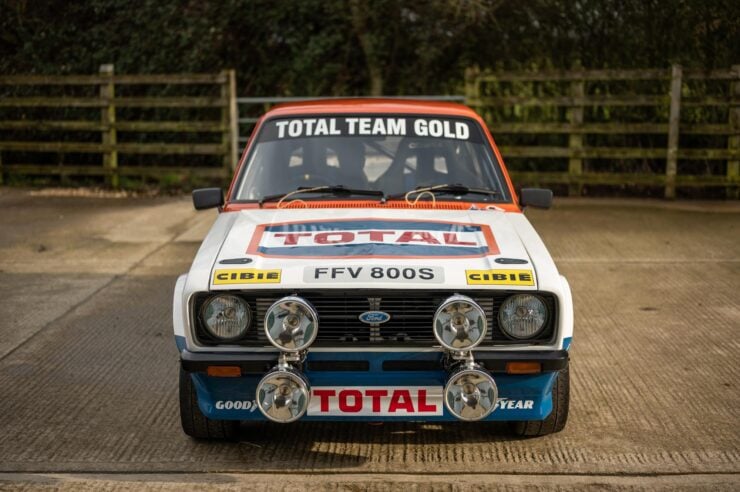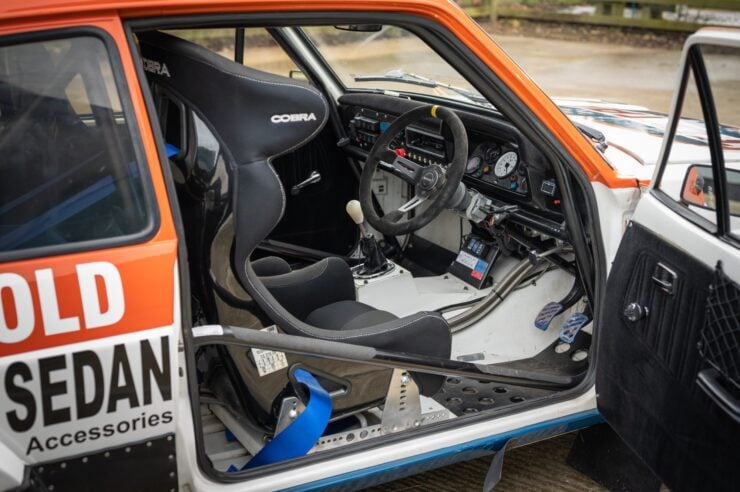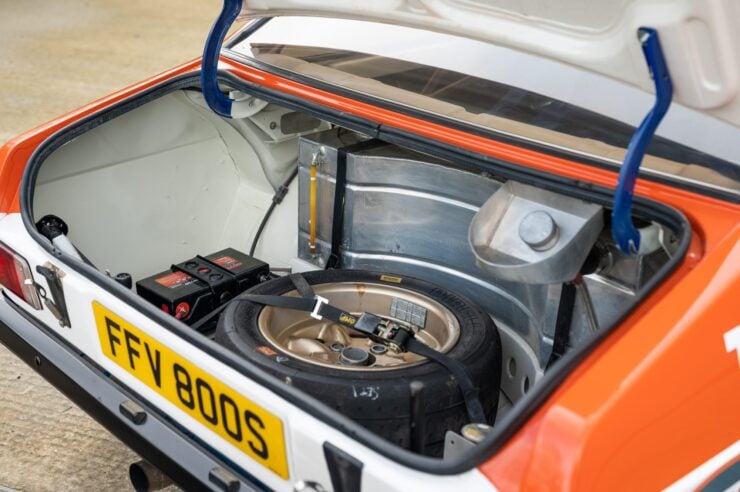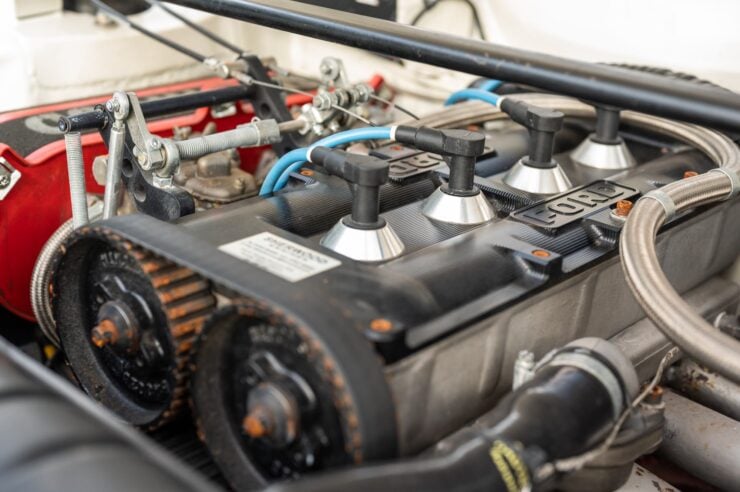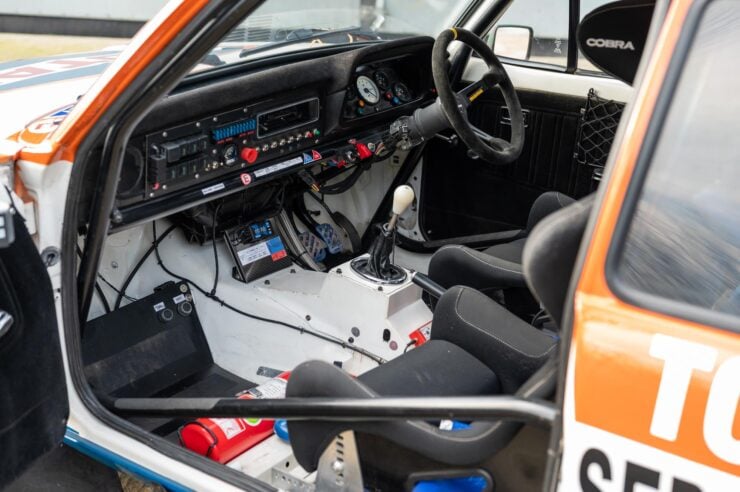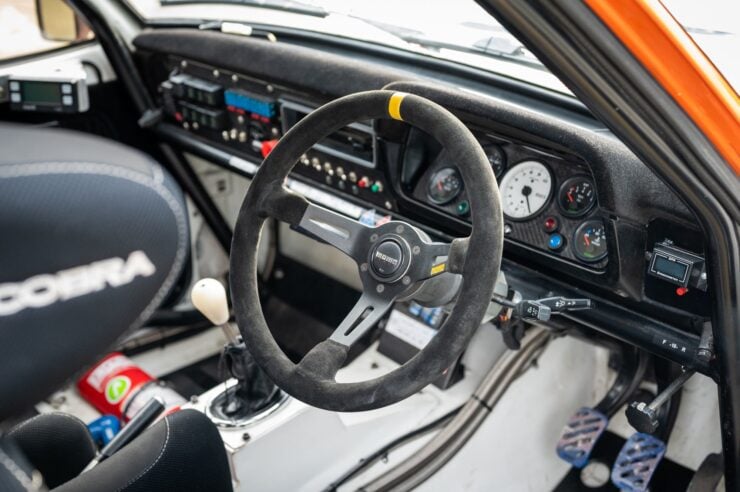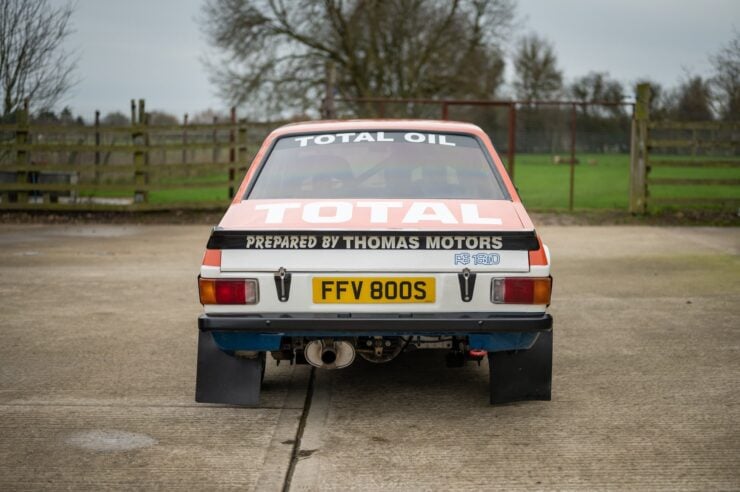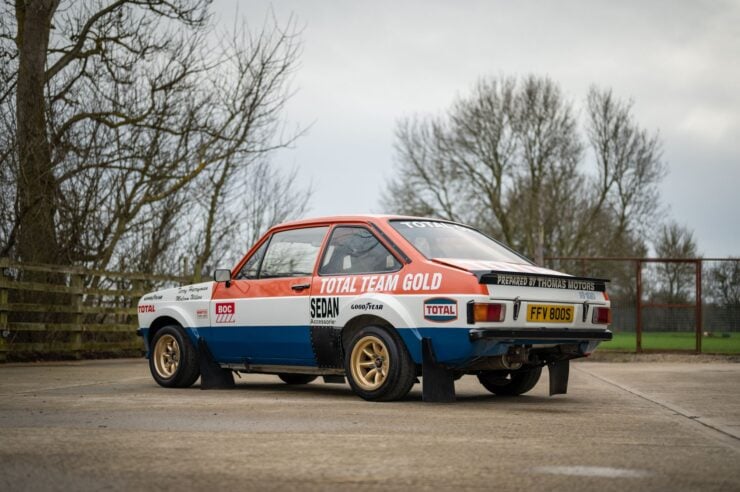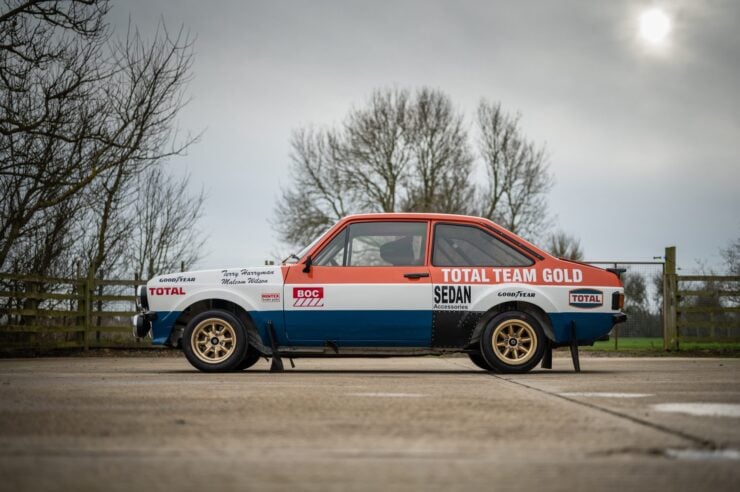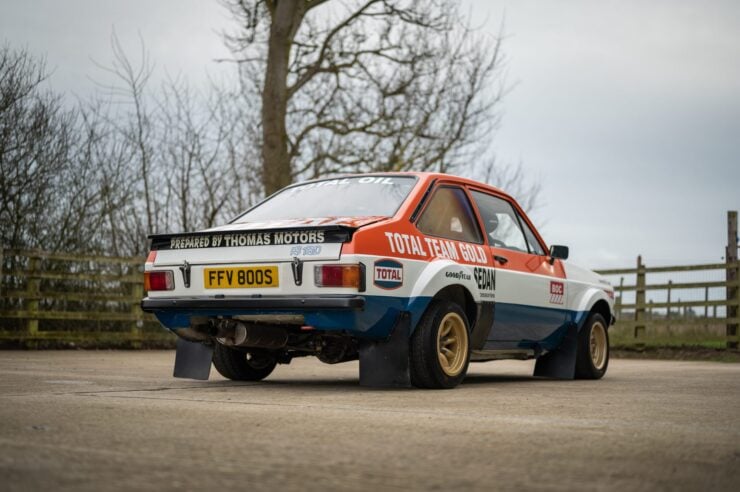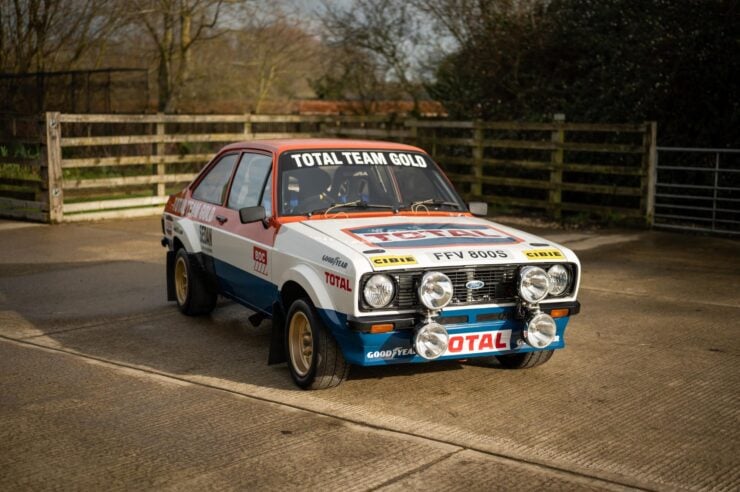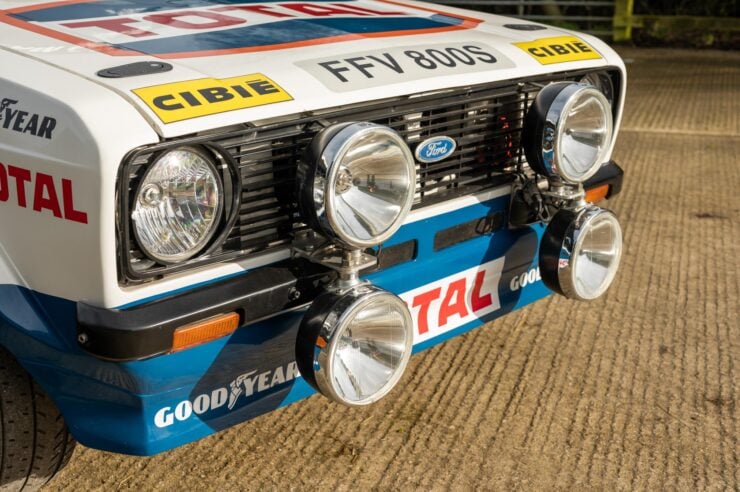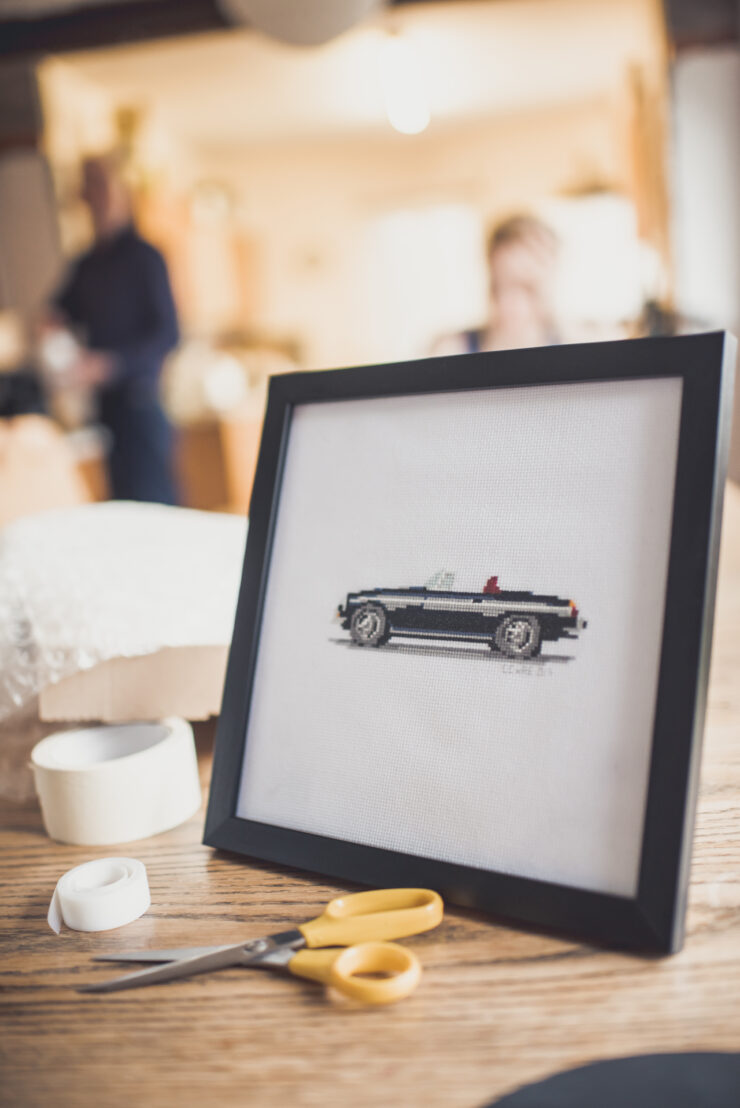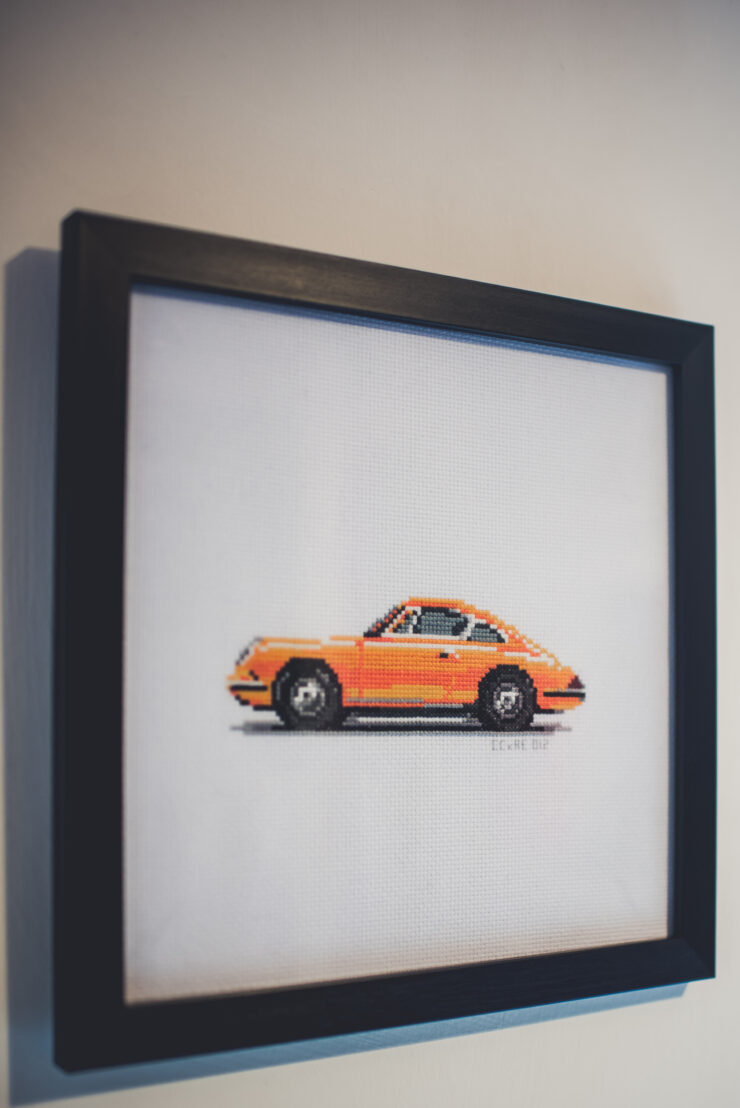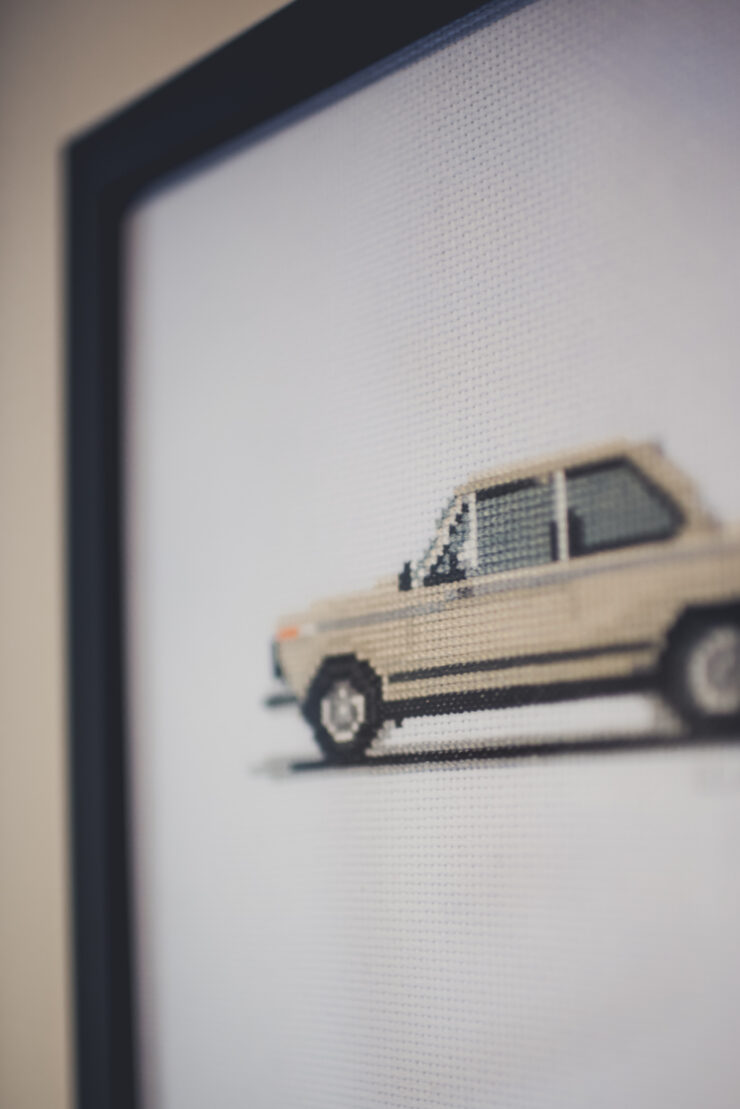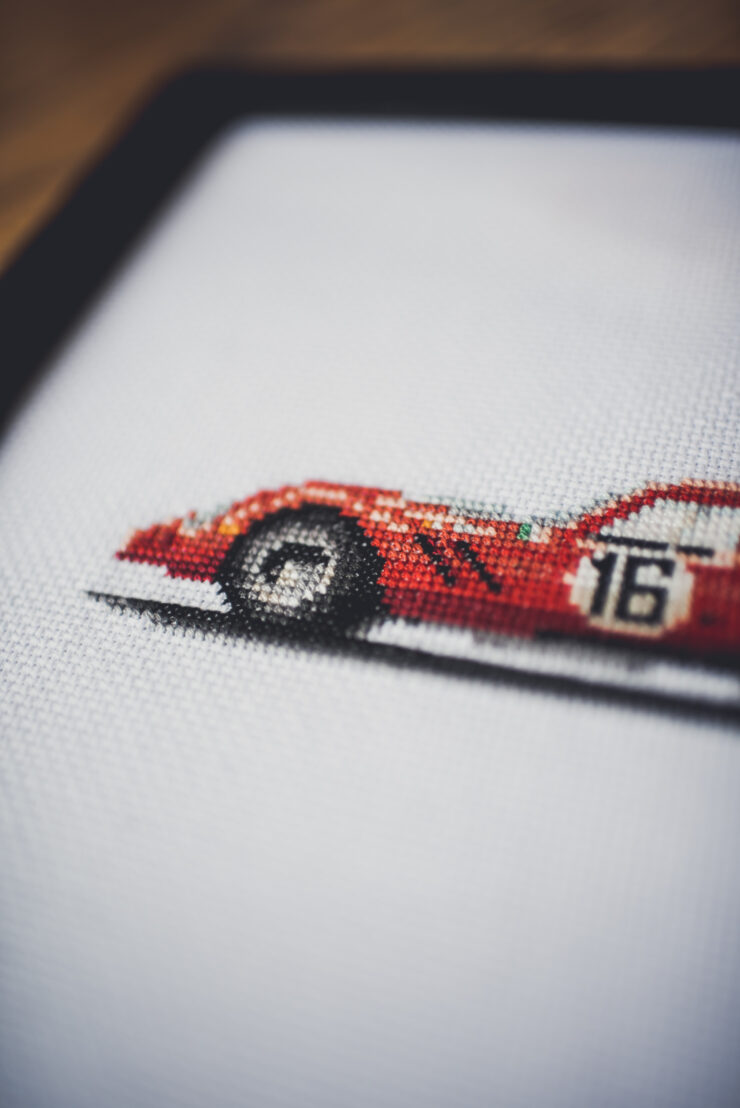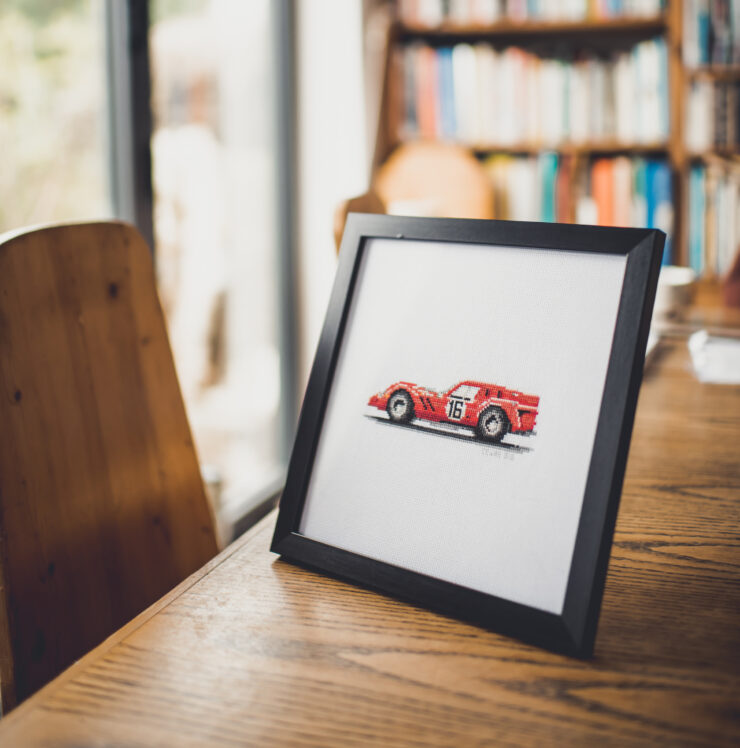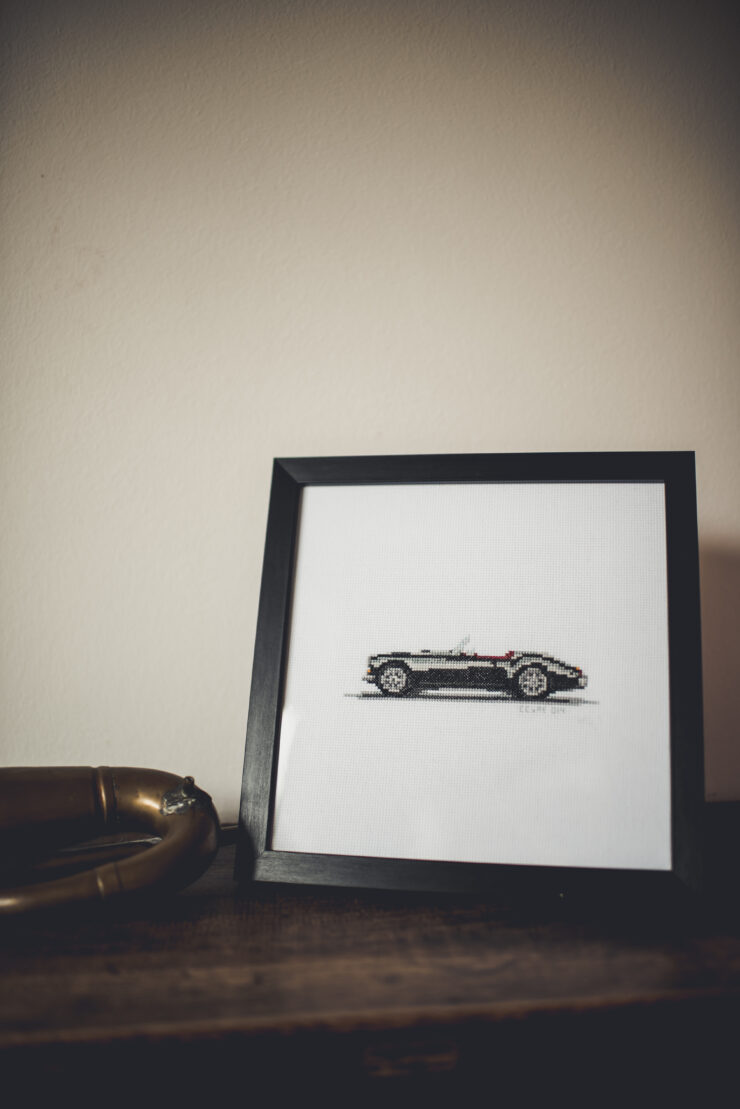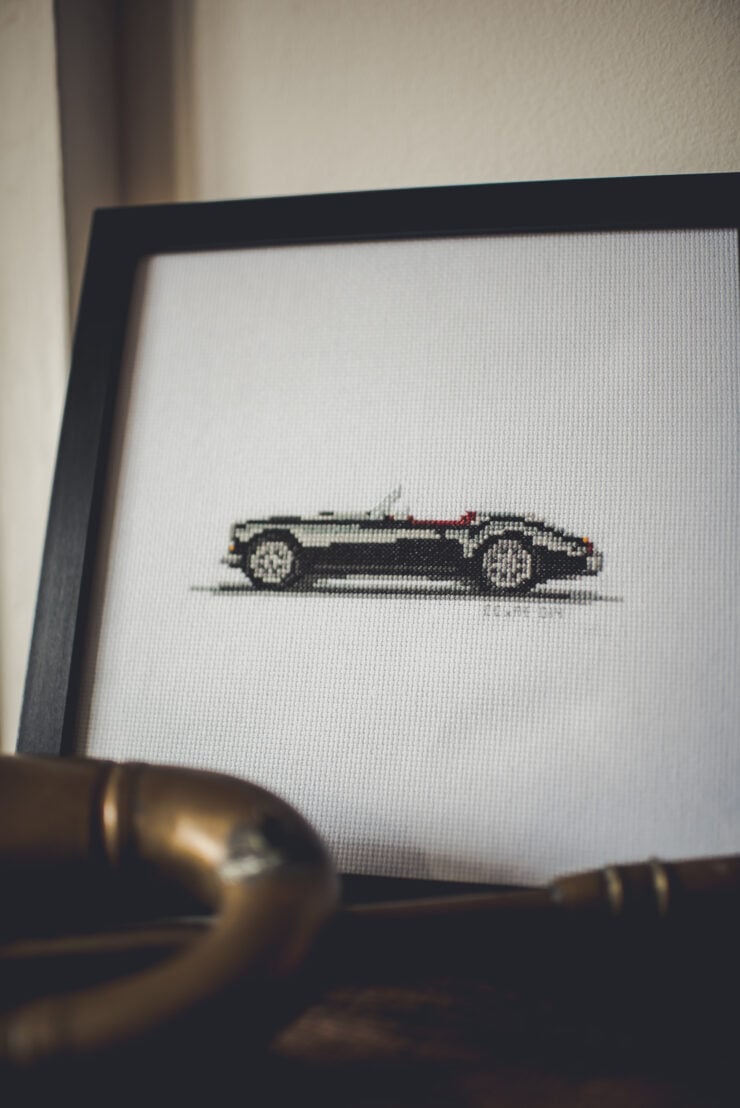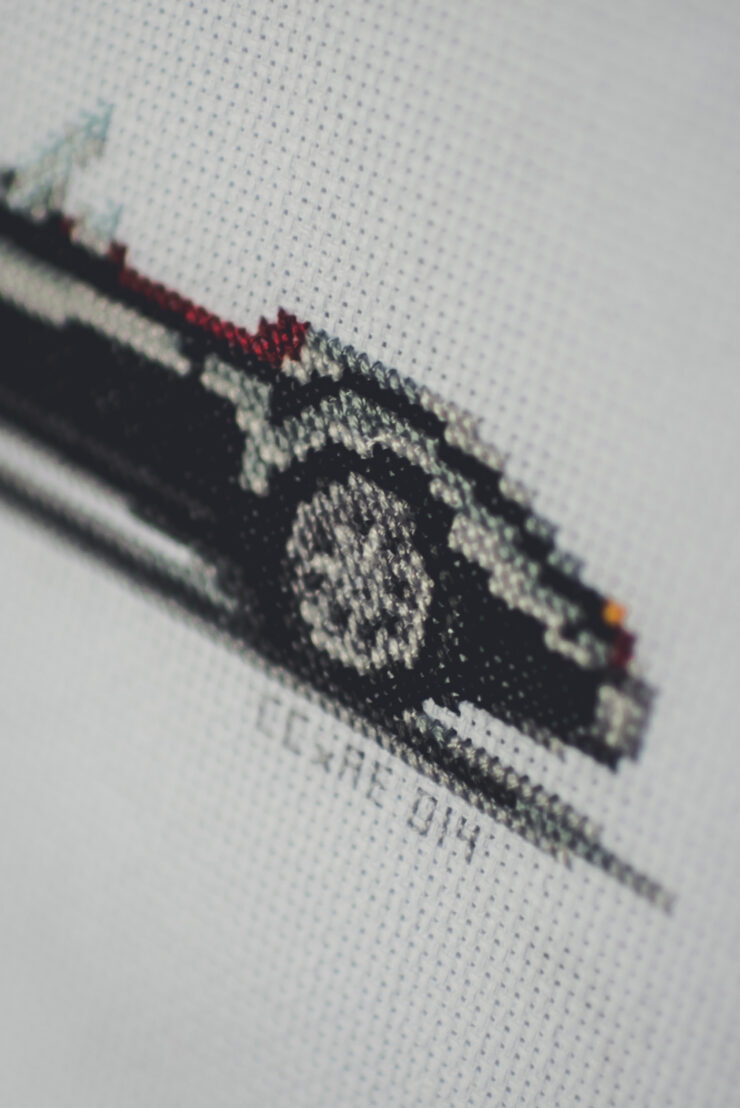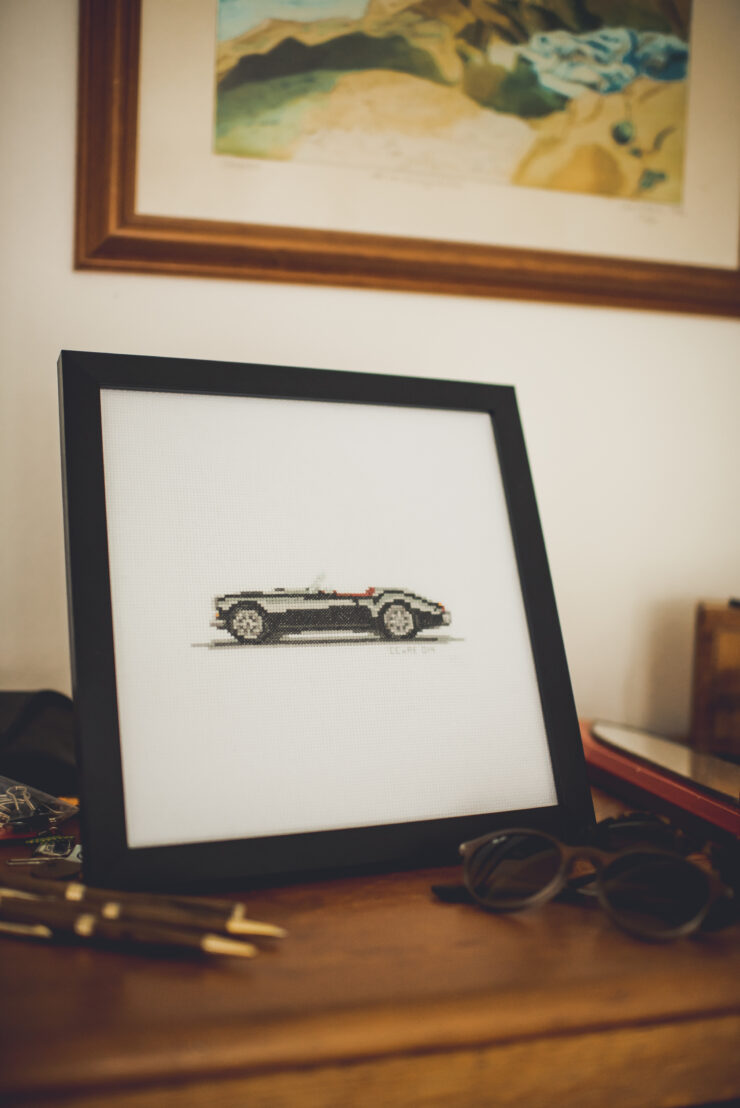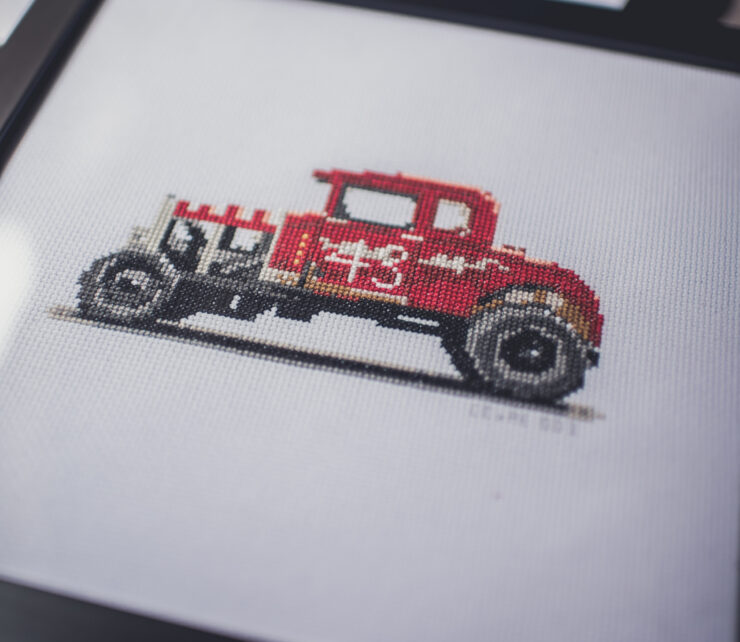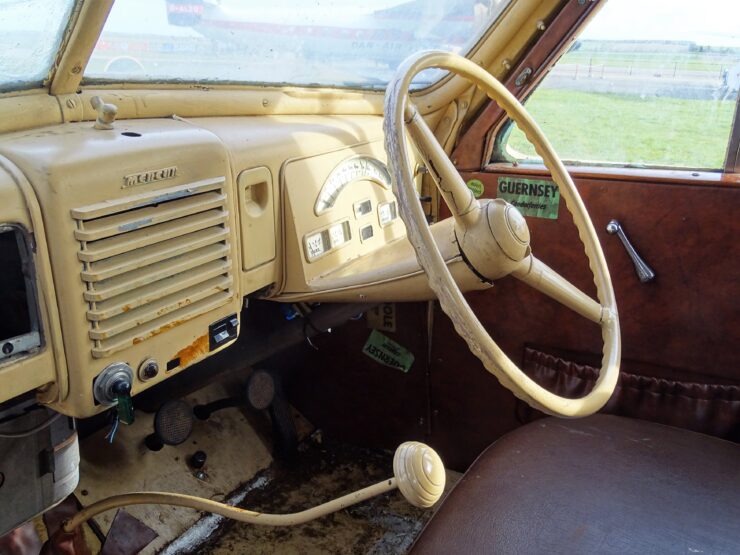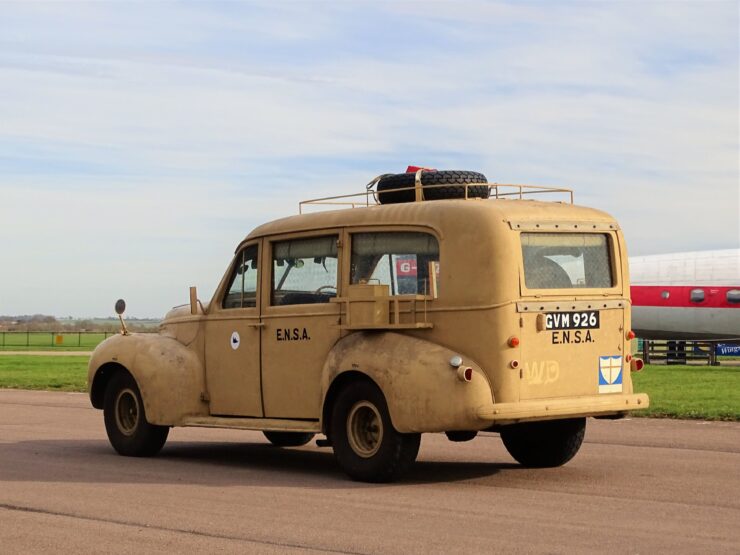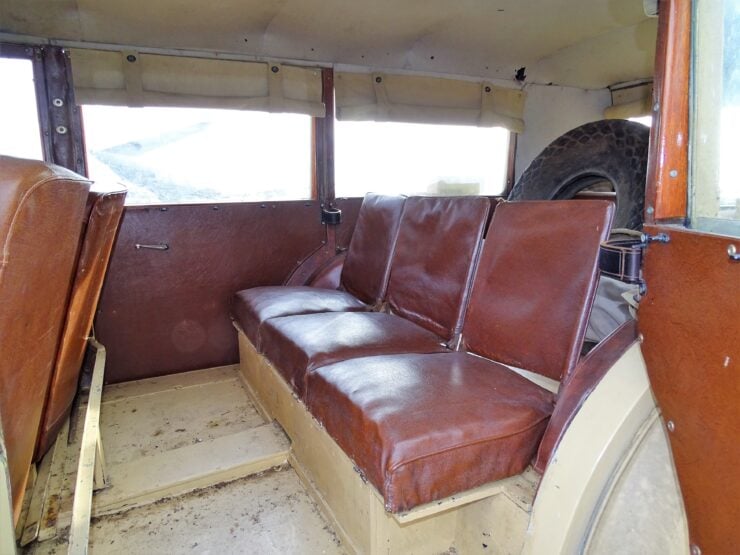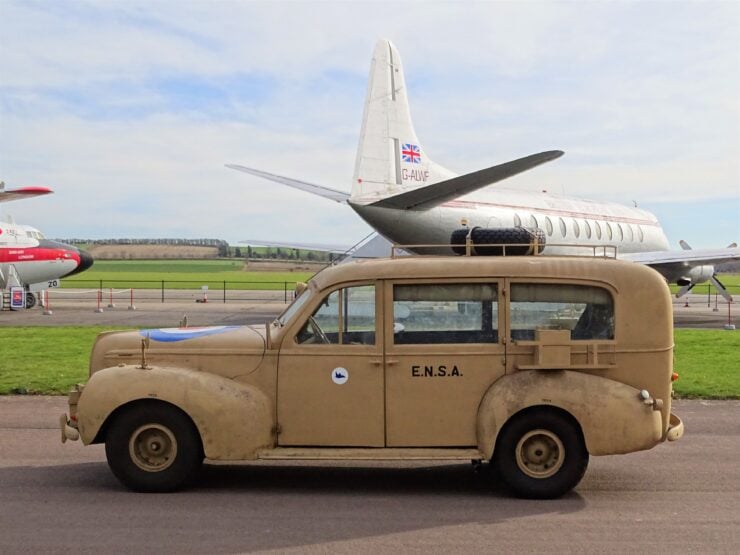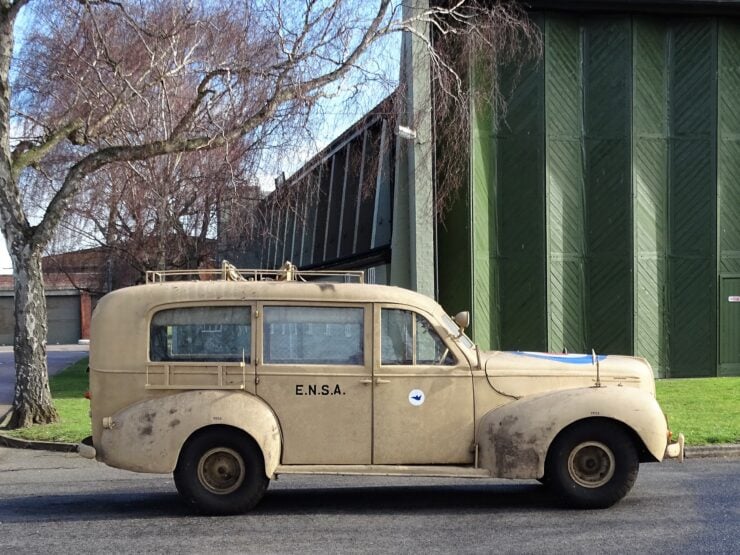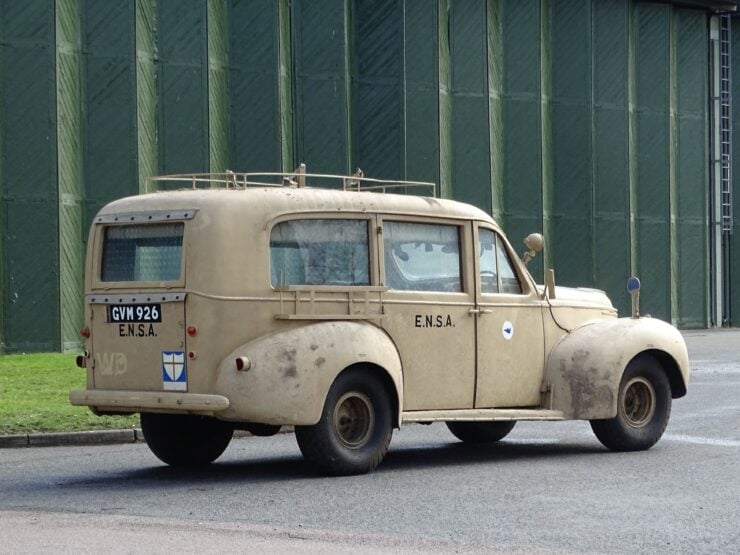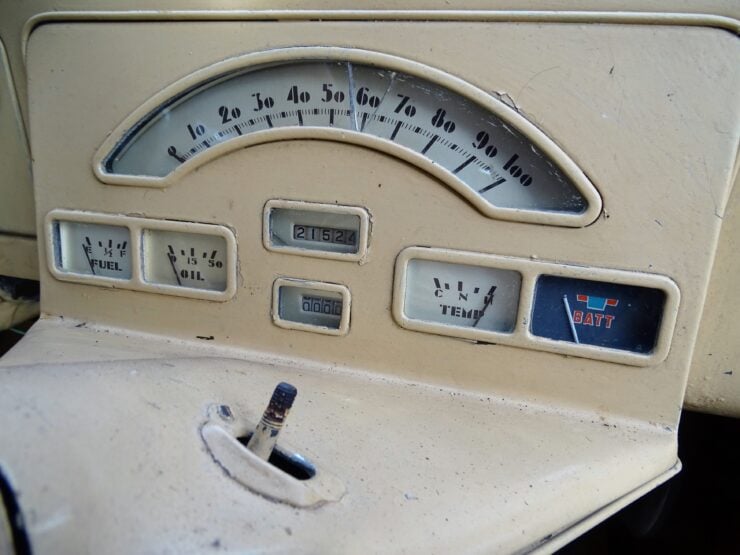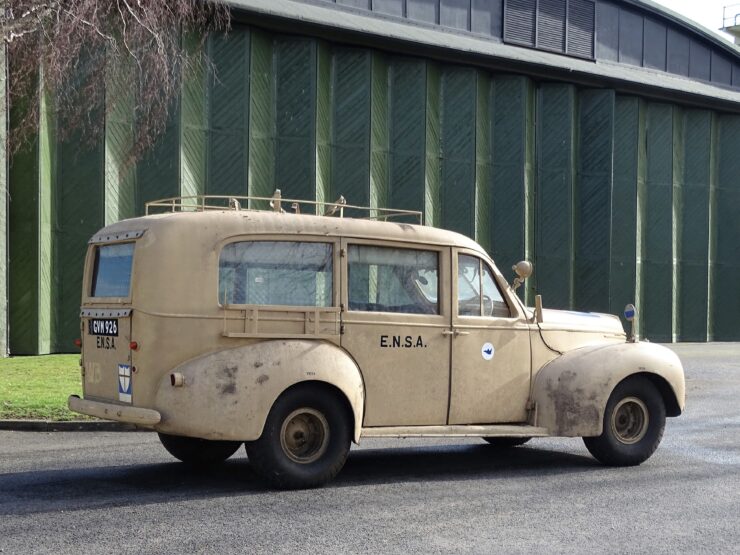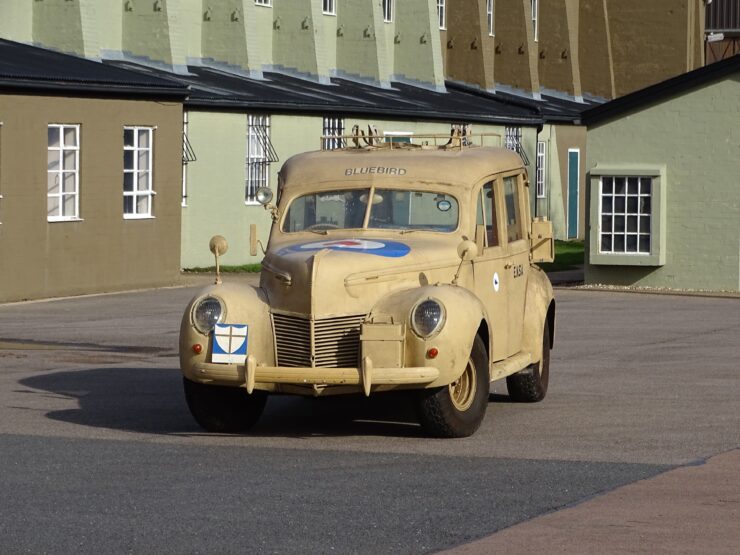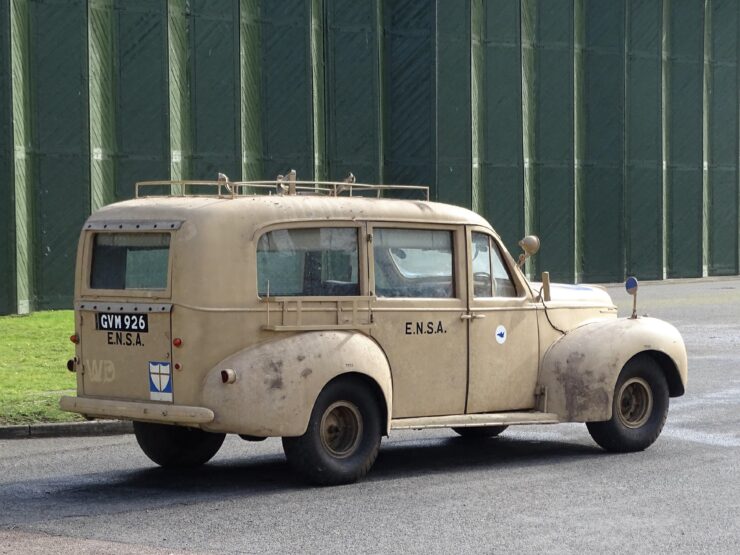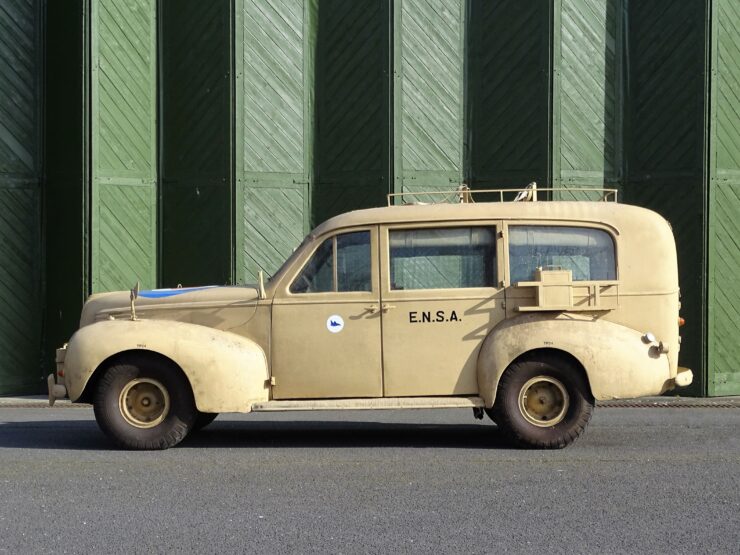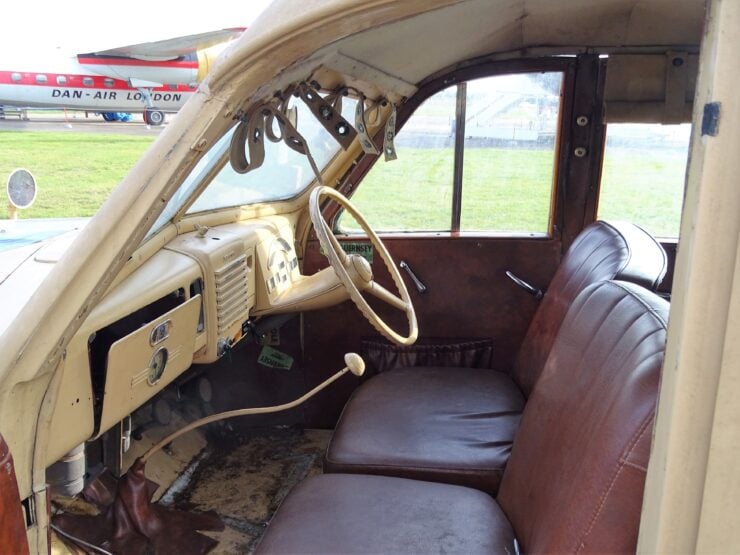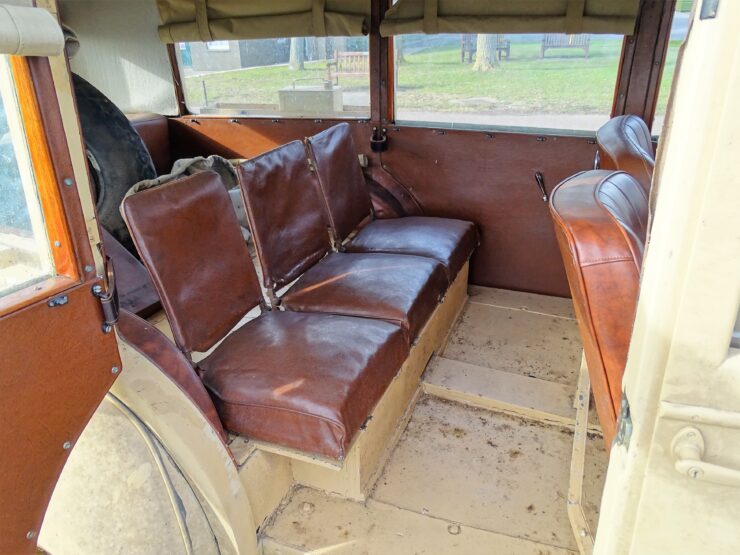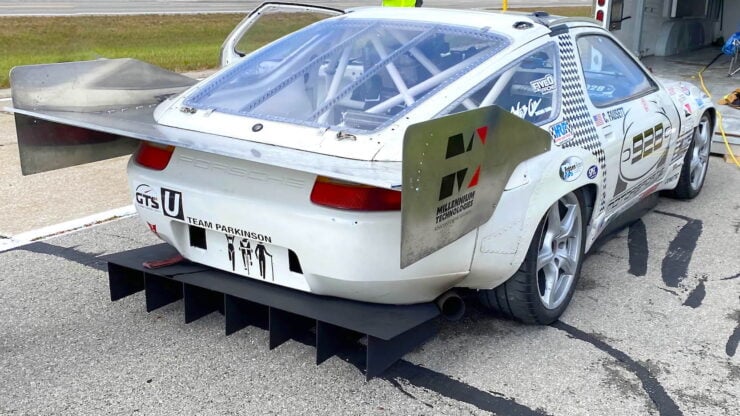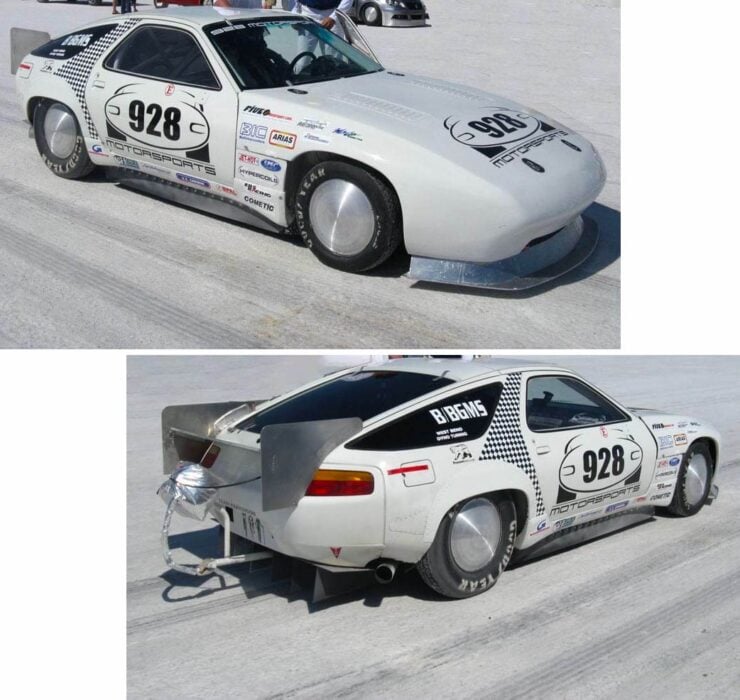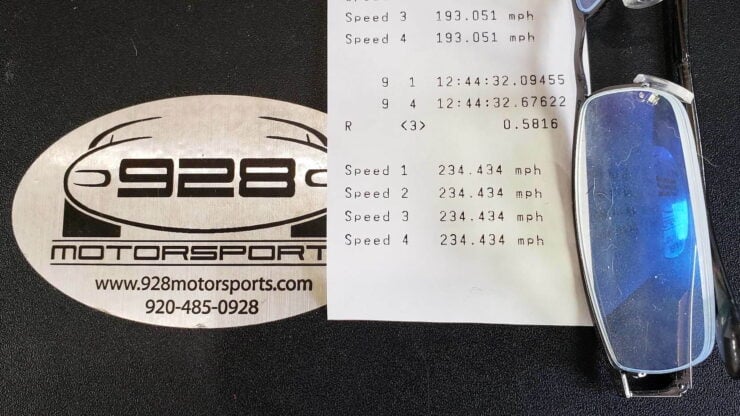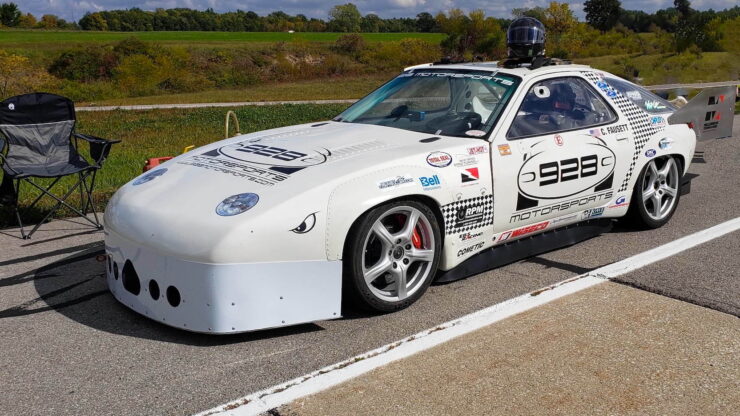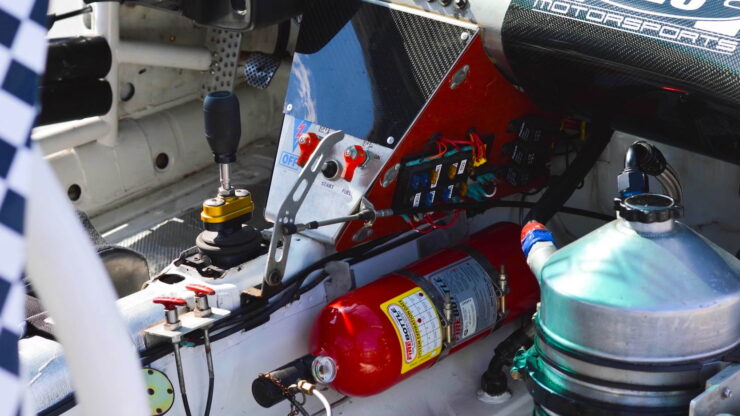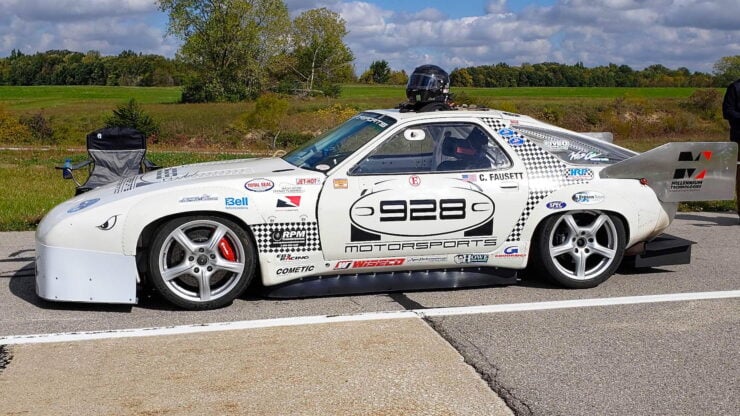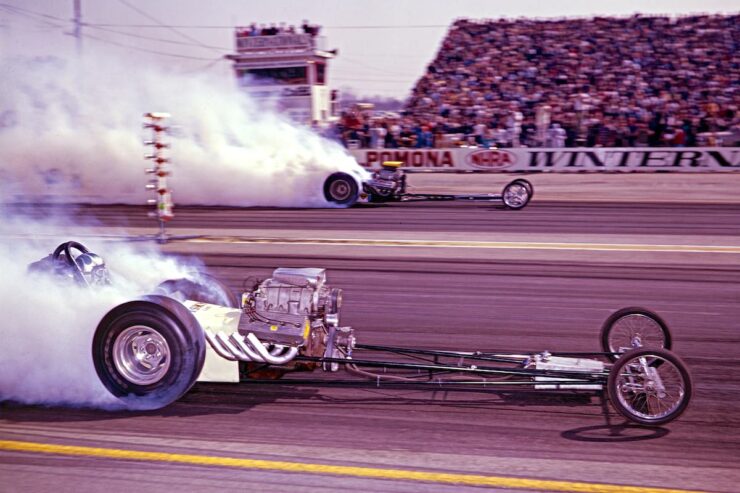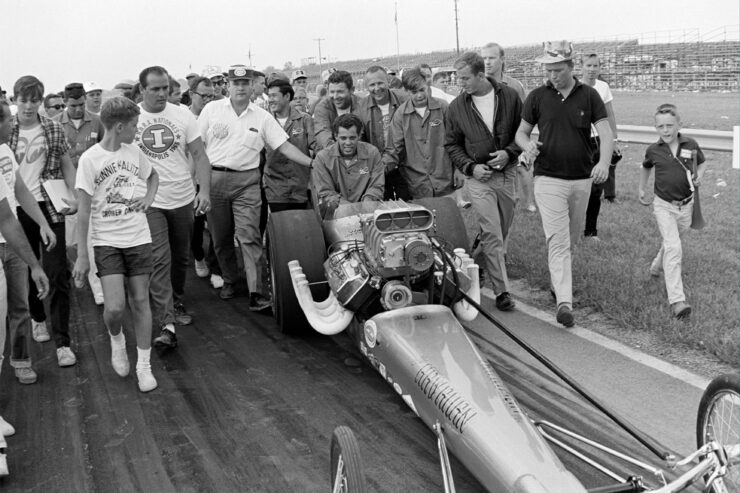This Ford Escort Mk II is a road-legal historic rally car with significant racing history to its name, it’s a Mk II RS1800 Group 4 and it’s powered by the historically significant 2.0 litre Cosworth BDG engine capable of over 275 bhp in race trim.
The Mighty Mark II
The Mark II Ford Escort, or Mk II as it’s better known, is one of those rare instances in the automotive world when the successor to a popular model becomes just as beloved as its forebear. In this case of course it was the Mark I Ford Escort that came first, retroactively renamed the Mk I. This first Ford Escort was both affordable to the average blue collar worker, and it was wildly successful on the race tracks and rally stages of the world.
With the Mk I Escort Ford knew they had struck gold, they built over two million of them from the model’s release in 1967 until 1974 when its successor was launched. The pressure was on in the early 1970s to design the new Escort, money was tight at the time and so much of the core structure of the M I was kept in place, and a new more modern body shape was fitted.
As it happens this turned out to be a great strategic move, as the racing prowess of the Mark I was essentially transferred into the Mark II. Despite the fact that it used a live rear axle on leaf springs the Ford Escort RS1800 proved wildly successful in World Rally Championship (WRC) events taking over 20 victories as well as the 1970 Championship – in fact it took all three places in the 1979 standings.
This was a remarkable effort from the Ford Escort RS1800, it was competing against the likes of the Lancia Stratos HF, the Porsche 911 SC, the Renault 5 Alpine, the Fiat 131 Abarth, and the Mercedes 450 SLC 5.0. With its live axle rear end and leaf springs the Escort was by far the most old-fashioned of the cars in the field, but somehow it proved more than the sum of its parts on countless race outings – beating the most impressive rally machinery of its day.
Above Image: The Mark II Escort is a cult classic in Britain and much of the world markets where it was sold new in the 1970s.
Ford would keep the Mark II Escort in production from 1974 until 1980 when it was replaced with the less popular third generation model. Today the first and second generation Ford Escorts occupy and almost mythical place in the car culture of Britain, Australia, New Zealand, and the other regions where it was originally sold.
So profound is the impact that these cars had that you can still buy brand new unibody shells for them, along with every other part you need to build one essentially from scratch over 40 years since the last one left the production line.
The 1978 Ford Escort MK2 RS1800 Shown Here
The car you see here is a road-legal racer equipped with a 2.0 litre Cosworth BDG inline-four built by Alan Sherwood, coupled to a 5-speed ZF manual transmission. Many historic race cars like this one have been subject to restorations over the years, with some receiving a full new body shell to bring them back to as-new condition – this is one such car.
New body shells always trigger Ship of Theseus philosophical debate in the classic car community. No one car argue that they make the cars more exact and arguably stronger, but some prefer the original shells for the sake of authenticity. I belong to that former camp personally, in fact I have a classic in the garage with a new bodyshell and I have to say, it’s fantastic.
The 2.0 litre Cosworth BDG is an inline-four cylinder engine that remains in very limited production today through certain performance tuning houses. It’s an engine that was developed by Cosworth back in 1969 using the Ford Kent engine block as its starting point.
Above Image: This is the Cosworth BDG engine, a mighty 2.0 litre unit with DOHC and 270+ bhp when in full race trim.
Unlike the pushrod overhead valve Kent, the Cosworth variant had a new head with double overhead cams powered by a belt drive. The first of these engines was the 1601cc BDA (standing for “Belt Drive A“), followed by the BDB, the BDC, the BDE, the BDF, and of course the BDG – which would be the largest capacity engine in the series with a new block cast from aluminum to match the pre-existing aluminum head.
In full race trim these Cosworth BDG engines could produce over 270 bhp, and when paired with a 5-speed transmission and a vehicle like a WRC championship winning car like the RS1800, it creates a machine very hard to beat in the right hands.
The car you see here is the ex-Malcolm Wilson and Terry Harryman “Total Team Gold” RS1800 from 1978. First registered on 17 February 1978, this RS1800 has five previous keepers on the V5C log book. Piloting ‘FFV’ with its original shell in 1979, Malcolm Wilson secured some notable results during the season, including third overall on the Phonepower International Welsh Rally, and second overall and first in class on the RAC MSA Scottish Rally.
Much more recently, and sporting the replacement shell, it was driven in numerous events between 2012 and 2015, largely in the UK, including the Ulster Historic Rally, the Jim Clark Historic Rally, and the Rally Isle of Man. It was acquired by the current private owner in July 2019.
Today the car is presented in excellent condition, ready to race and registered for the road should the new owner wish to go out and destroy some B-roads on the weekend. If you’d like to read more about it or register to bid you can click here to visit the listing on Collecting Cars.
Images courtesy of Collecting Cars
The post Ford Escort Mk II RS1800 Group 4 – A Road-Legal Rally Car appeared first on Silodrome.
from Silodrome https://silodrome.com/ford-escort-mk-ii-rs1800/
via gqrds
